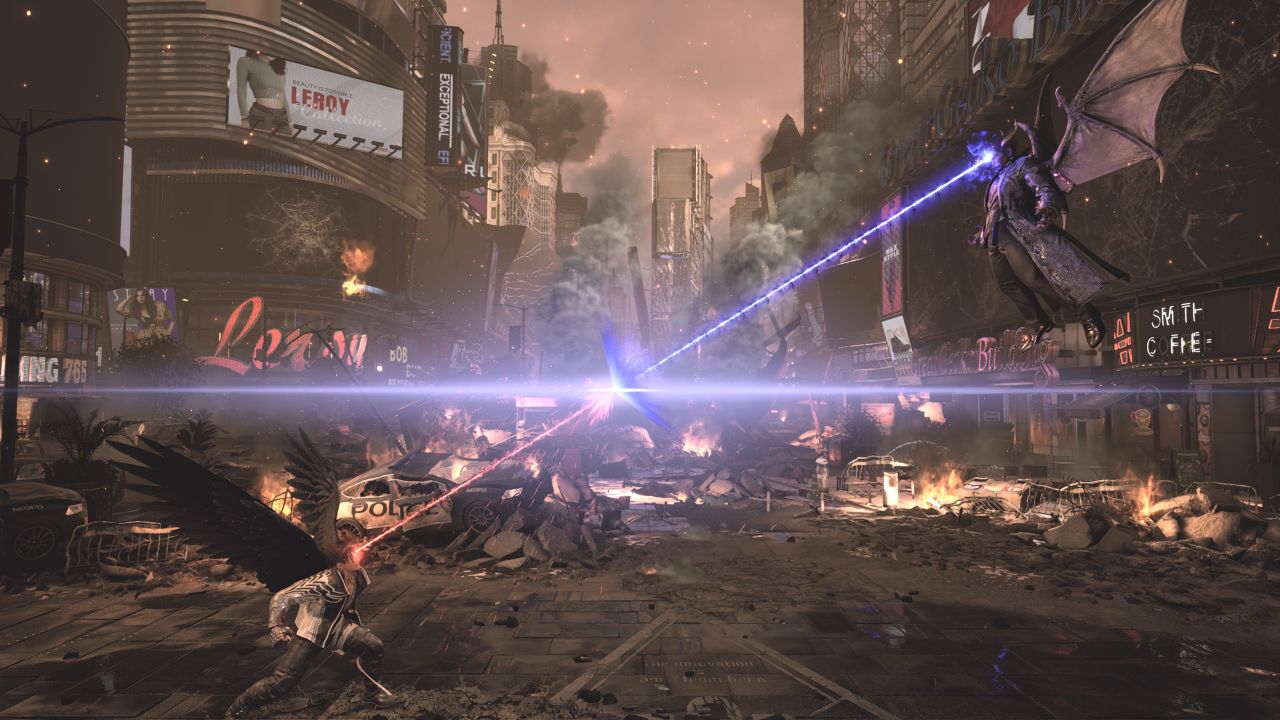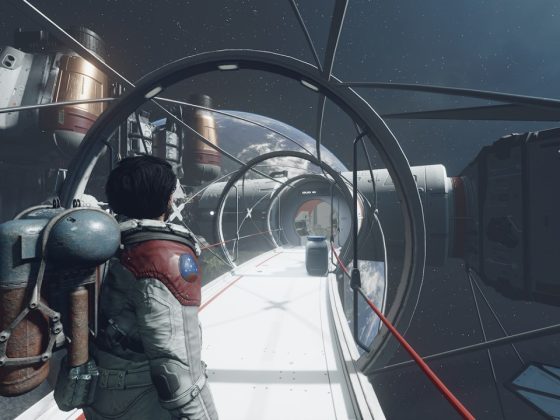Eleven years have passed since the release of Theme Hospital on the PC, fans of the hospital management sim genre have been waiting patiently for another game which would satisfy that itch. Thankfully, Two Point Studios have answered our prayers, Two Point Hospital was released for Windows, Mac OS, and Linux on the 30th of August! Two Point Hospital is the spiritual successor to Theme Hospital, developed by the same team including developers Mark Webley and Gary Carr. Available to purchase on Steam for $31.49 or £24.99. Two Point Hospital promised to be the sequel we hospital management sim fans deserved. As someone who has fond memories of playing Theme Hospital as a child in the late ‘90s, I couldn’t wait to get my hands on a game which promised to revive one of my favourite childhood games and bring it up to speed with modern flourishes.

Two Point Hospital puts the player in charge of building and running their own hospital empire. Build your hospital rooms, furnish them, hire and fire staff, and treat patients all while trying to keep the hospital financially afloat. Based on private hospitals rather than universal healthcare, I was a bit concerned at how quickly I managed to get into the mindset of hiring untrained staff to save a bit of money at the cost of a few more patient deaths here and there. Each staff member has personality traits which influence their job performance, such as tiring quickly or being a bit grumpy. Staff members can also be trained to improve their performance or allow them to work in different disciplines such as psychiatry. Patients as well as staff have their own needs which need to be met by the player. These include hunger, thirst, comfort, and their need to go to the toilet. If any of these aren’t met, then you may find yourself with no patients or staff to treat them. Staff will also need to take breaks, something which you need to pay attention to so you avoid patients waiting in long queues for the GP’s office. The game introduces these mechanics to you relatively slowly, giving you the chance to conquer each mission until you can more or less stay on top of things the farther you get.
Speaking of tutorials, Two Point Hospital is more of a mission based game than I was expecting. There is only one mode of game at the time of writing called Career Mode. In this mode players have a mission in each hospital accompanied by smaller goals to complete for rewards. Once the overall mission of the hospital is completed, players have the choice of moving on to the next hospital or continuing in sandbox mode in their current facility. You can also return whenever you want to a previous hospital, so you can persevere and try to achieve a three star rating if you so wish. The more hospitals you unlock the more game mechanics are unlocked to you. I enjoyed this element actually, as it’s a good way to teach players the game without it feeling rushed or too much like a tutorial. Having said this, I hope they add a purely sandbox mode at some point with all of the treatment facilities unlocked from the start. The missions helped to not only teach me the game, but also gave me a goal with each hospital that I was determined to achieve. This can lead to a dangerous habit of wanting to complete just one more mission before turning the game off until you realise you’ve been playing for five hours straight.

Two Point Hospital is a highly addictive game, made so not only by the missions and goals in each hospital, but also by the visuals and sounds. The game has a radio which plays music and has a host which talks on occasion. This helps give the game a relaxing atmosphere and also allows it to show off its witty writing and in-game dialogue. There is also a PA who frequently makes announcements in the hospital, such as reminding staff members to go to empty rooms or helpfully reminding patients that they shouldn’t die on hospital grounds or helpfully reminding janitors that the bins won’t empty themselves. It looks very similar to the way Theme Hospital looks in my memories, proving that if it ain’t broke don’t fix it. Because of the visual similarities as well as similar gameplay elements, I found it had a lovely and familiar atmosphere. Despite its many similarities, Two Point Hospital doesn’t only strive to be the spiritual successor to a much loved game, it also aims to be an excellent management sim.
Normally when comparing new releases to older, newer games don’t fair well given how emotionally attached people can get to childhood favourites. In this case, however, Two Point Hospital manages to not only be a fantastic successor to the beloved Theme Hospital, but also manages to stand alone as a highly addictive and engaging management sim. Old fans of the genre can share their excitement with new players, as Two Point Hospital manages to be enough like a sequel without being inaccessible to people unfamiliar with the hospital management genre. With an excellent art style and catchy music, the game is not only pleasing visually and aurally, but the gameplay itself is able to keep you engaged for hours. The only issue I found was the repetitive nature of the hospitals after a while, but this is generally a fault with management sims in general. I cannot recommend Two Point Hospital enough, and as a fan of its predecessor I can happily say that my inner child is extremely pleased. In short, Two Point Hospital is exactly what the doctor ordered.






